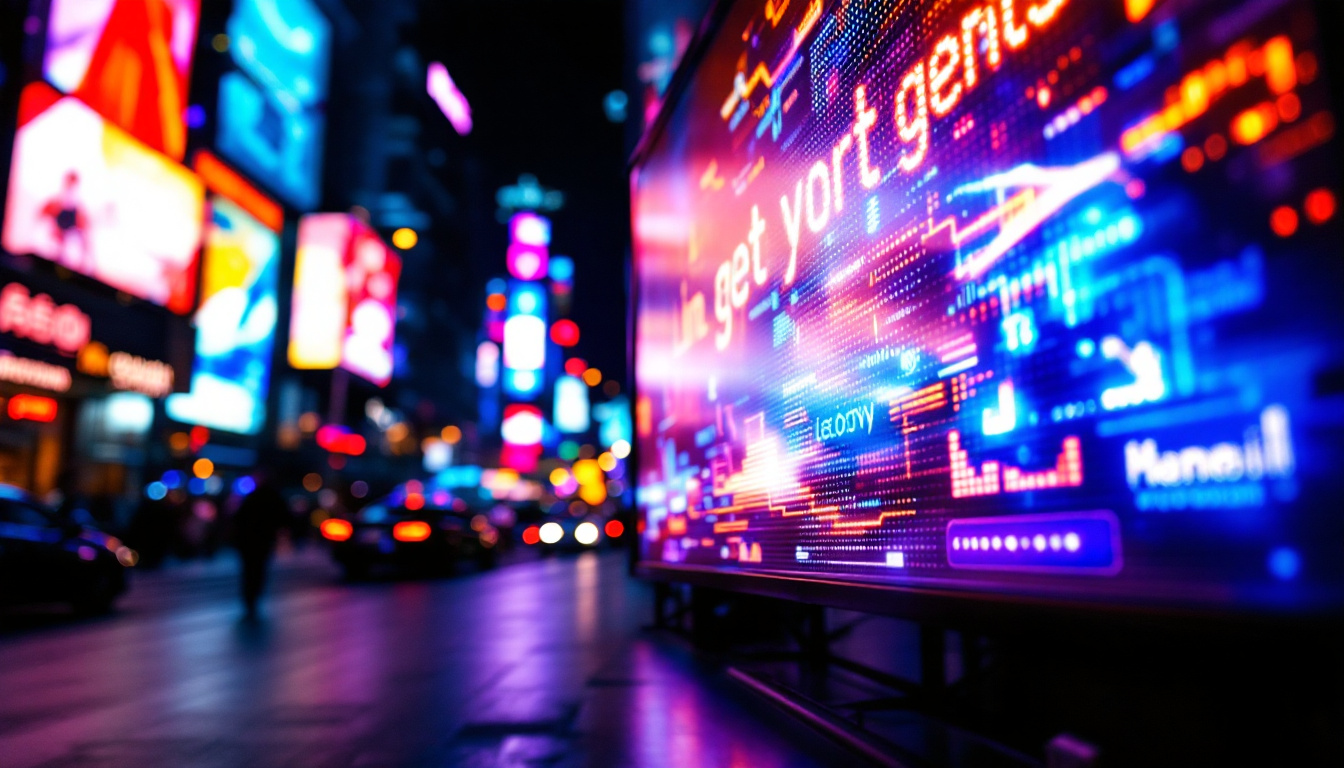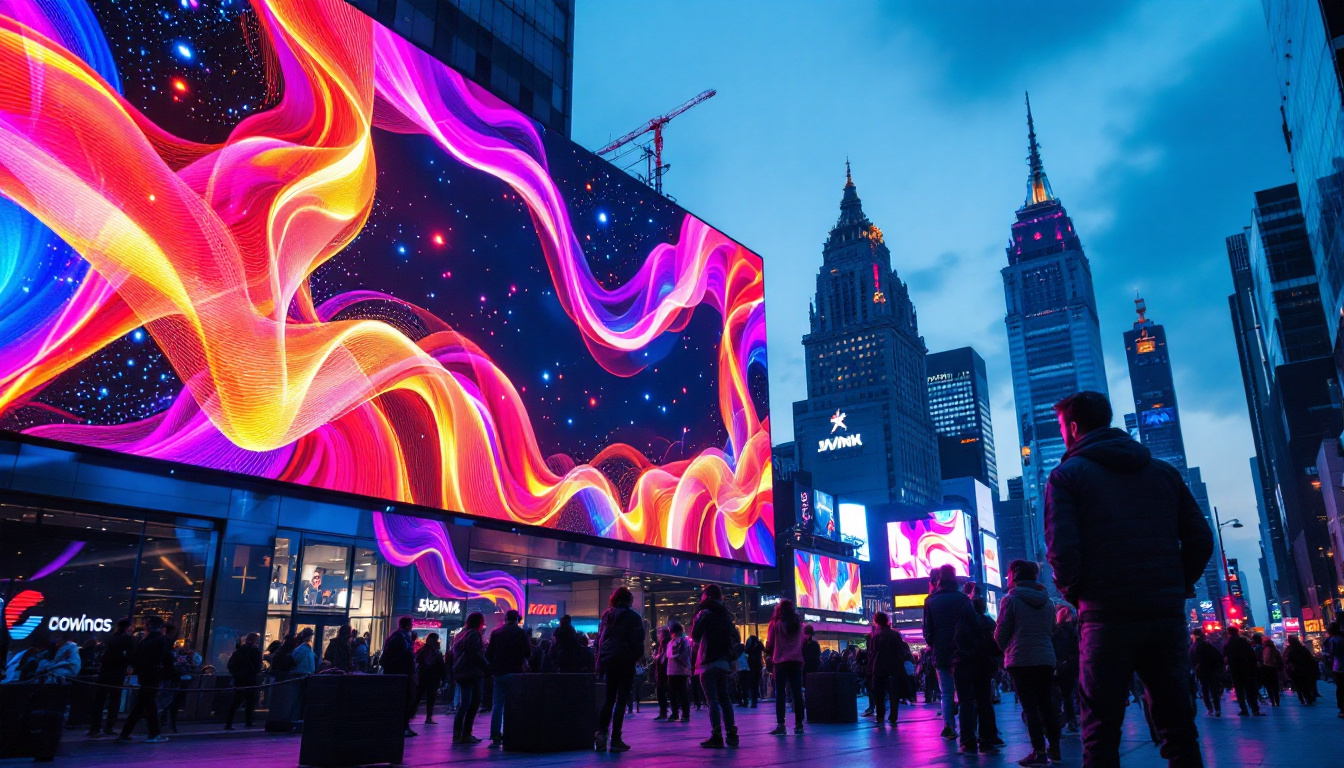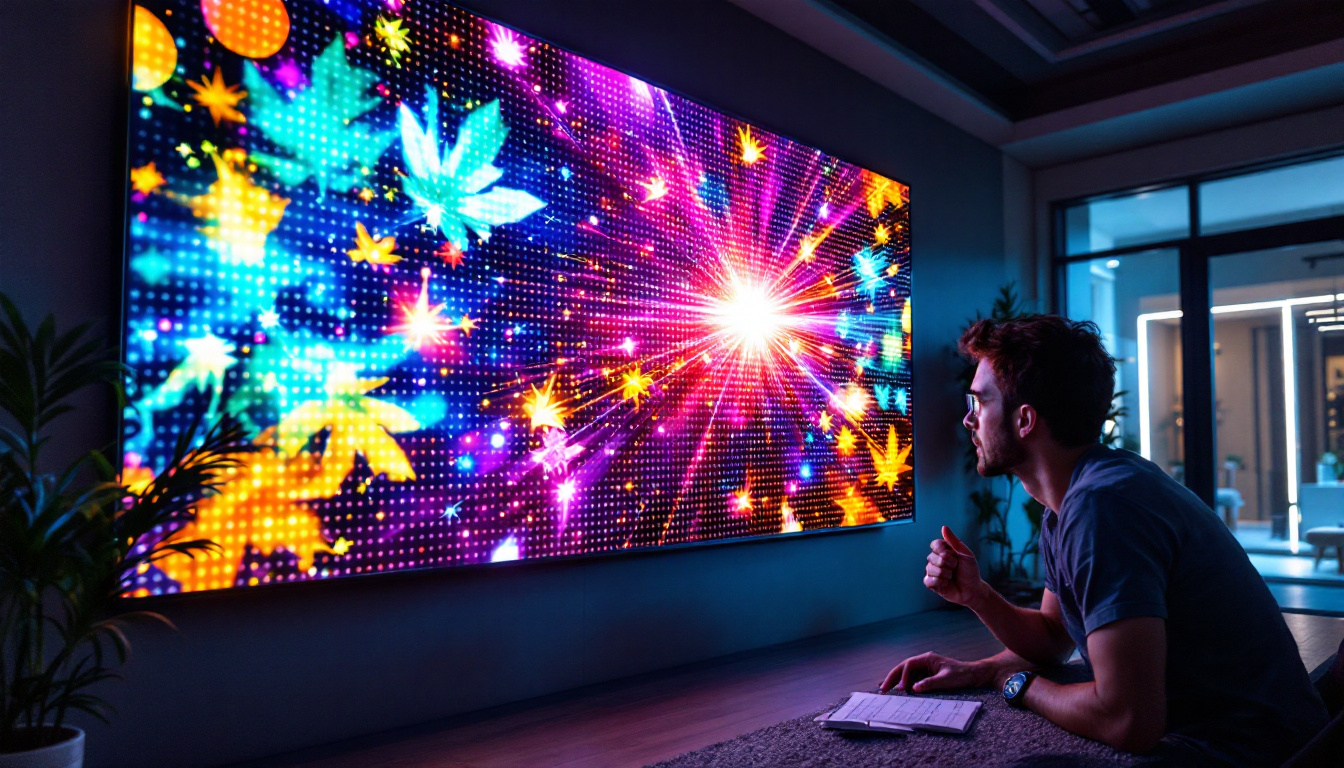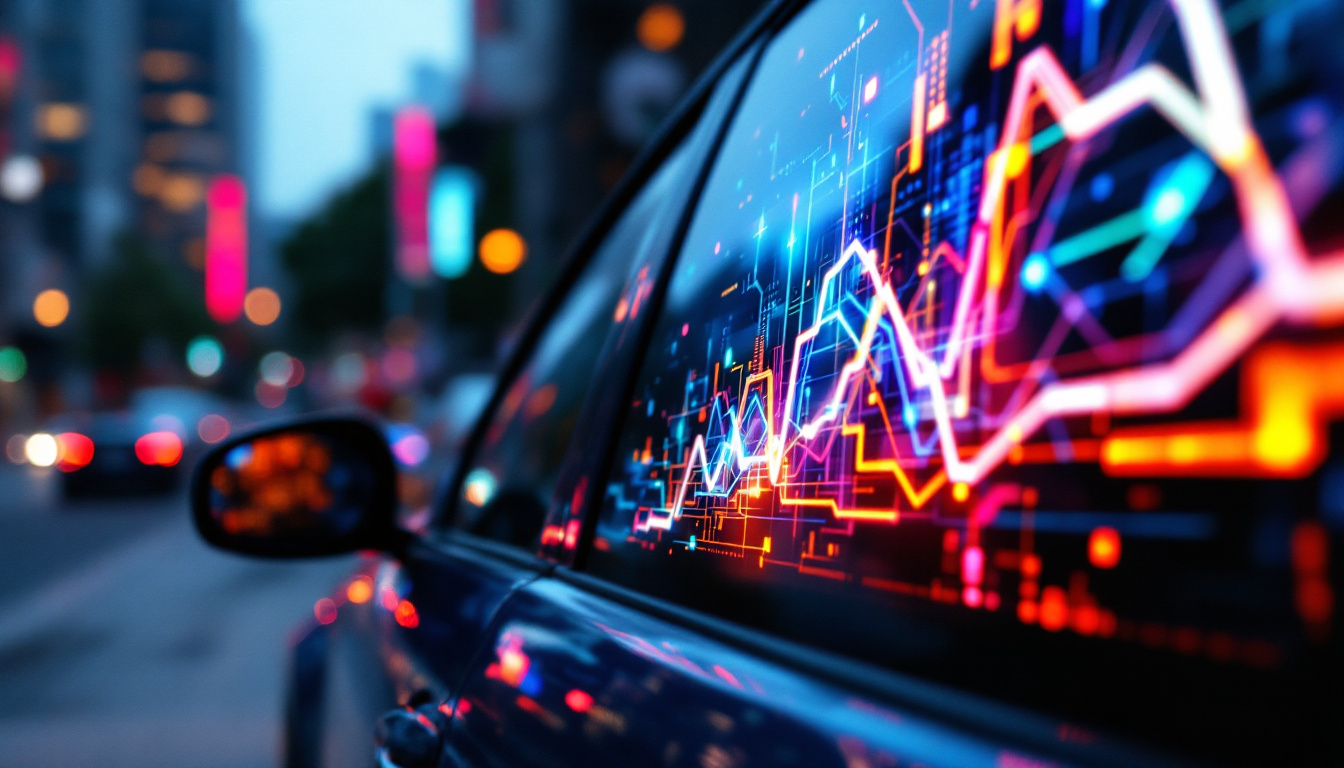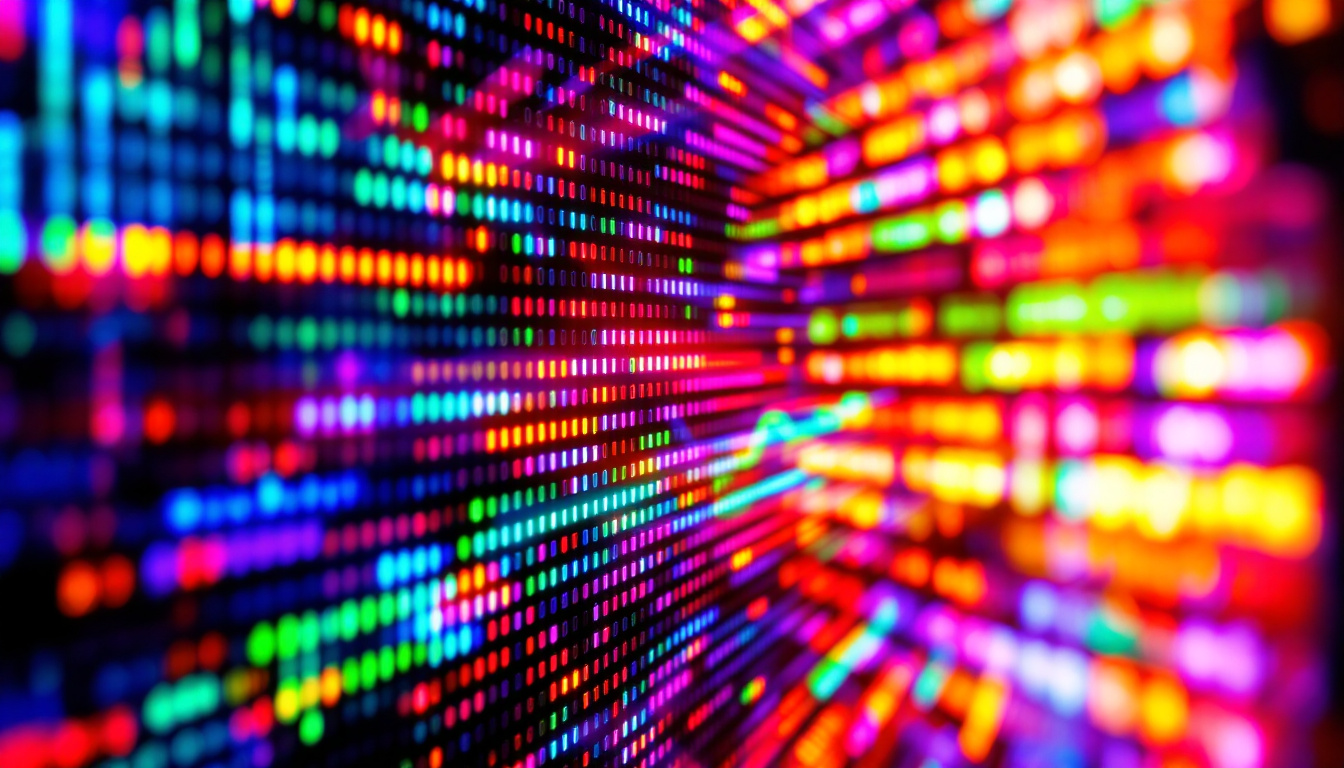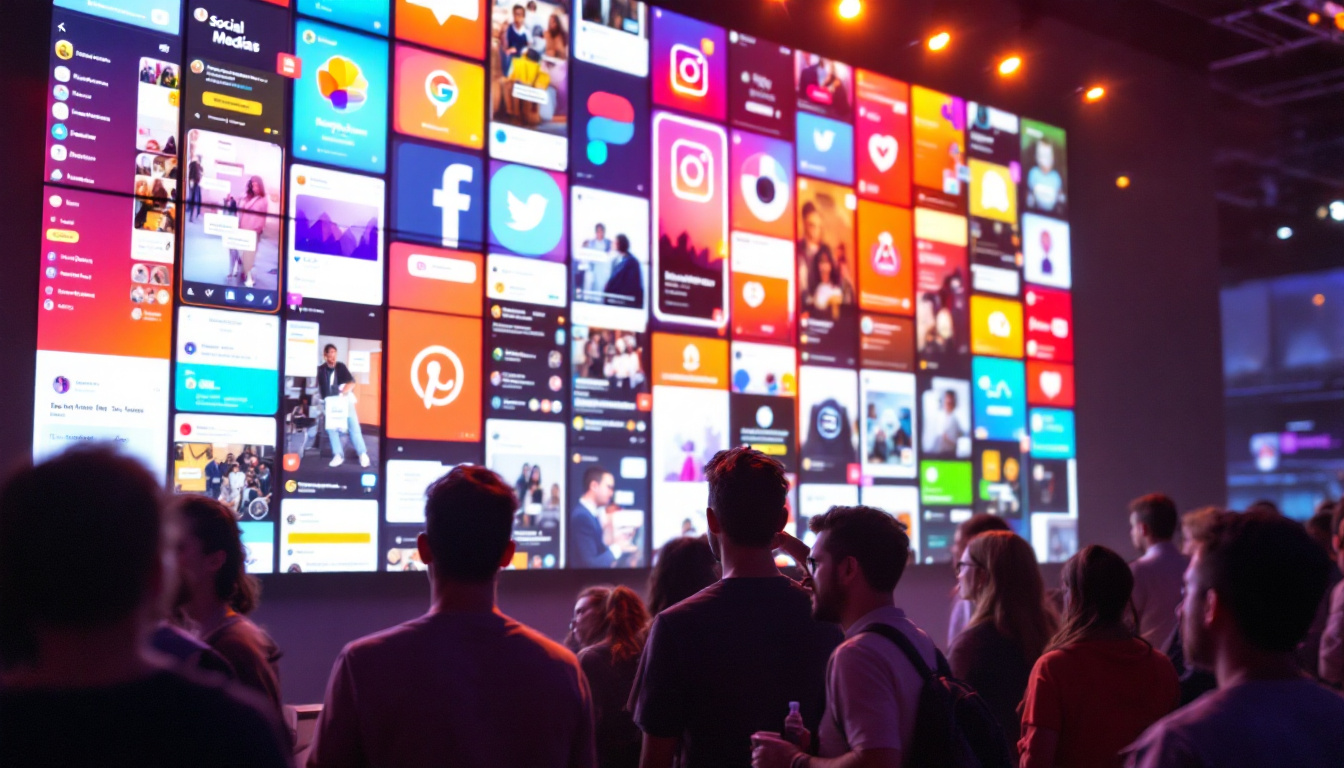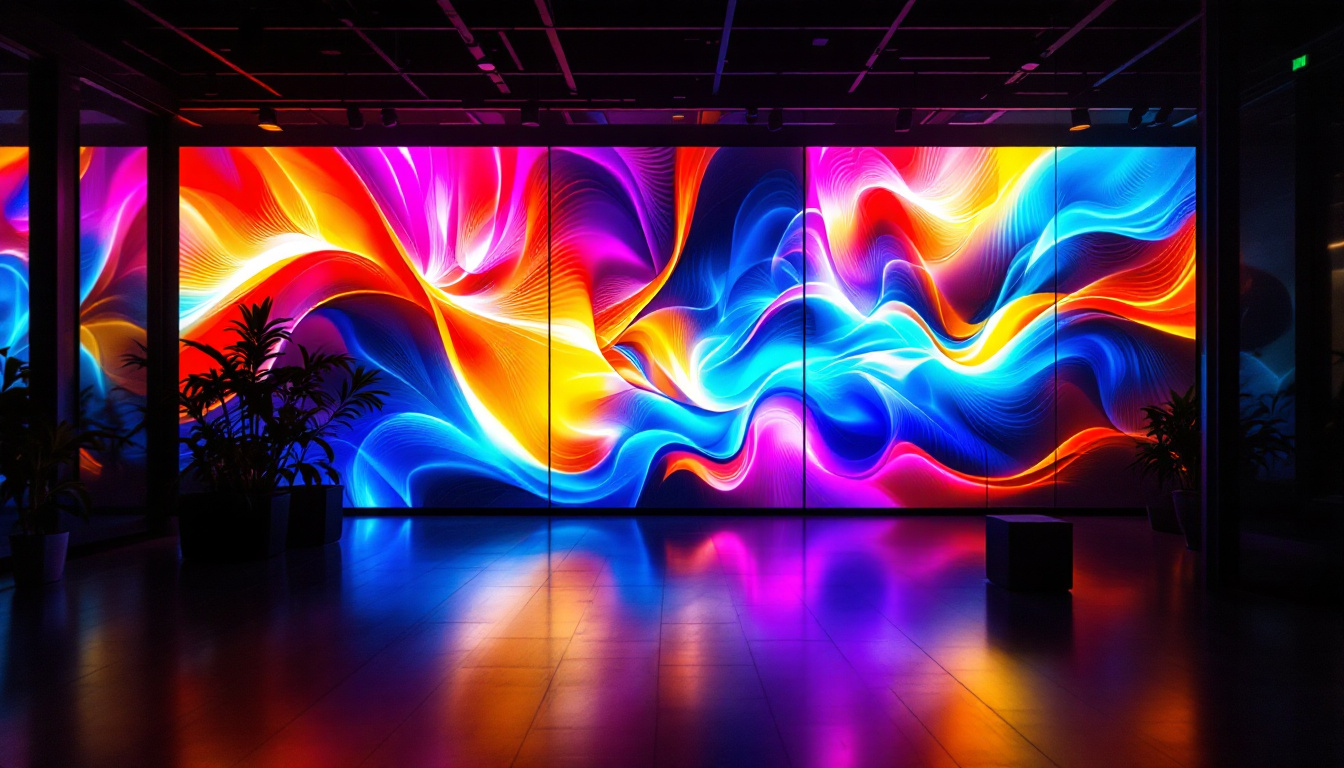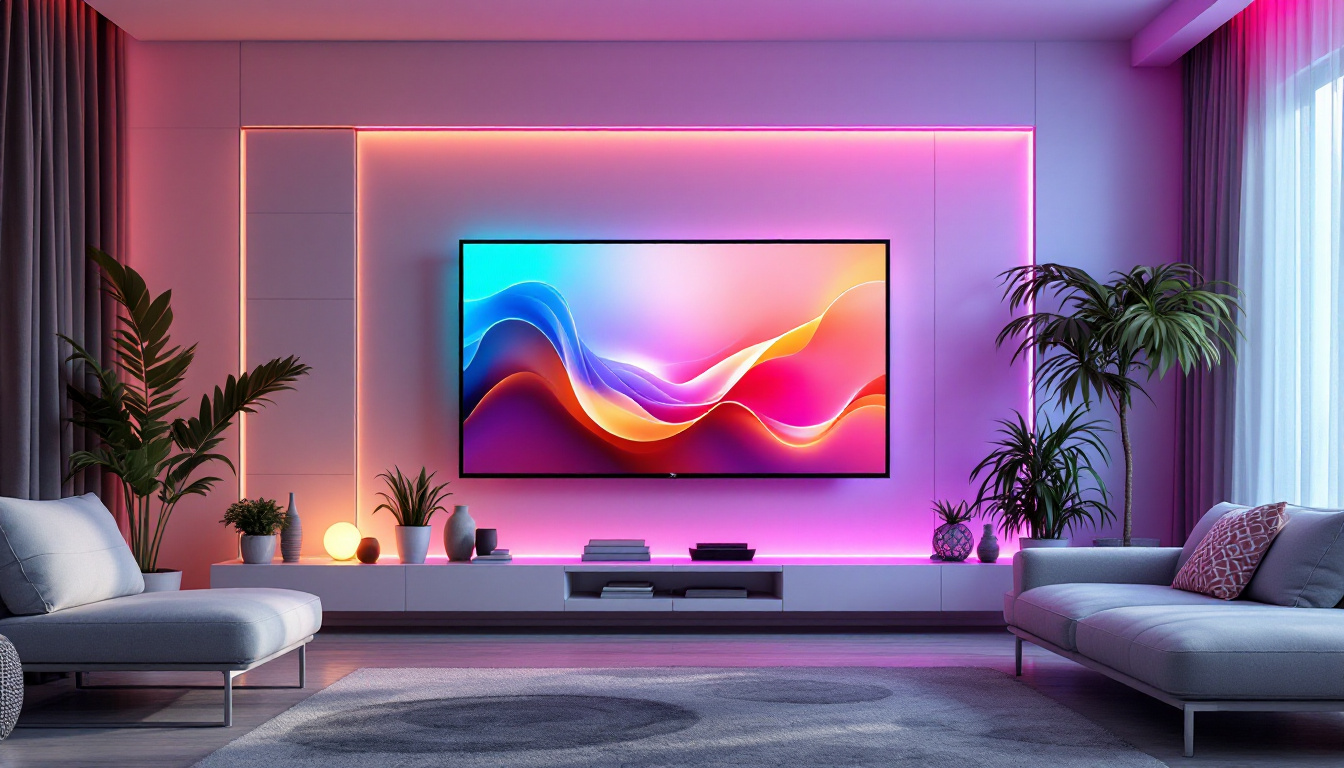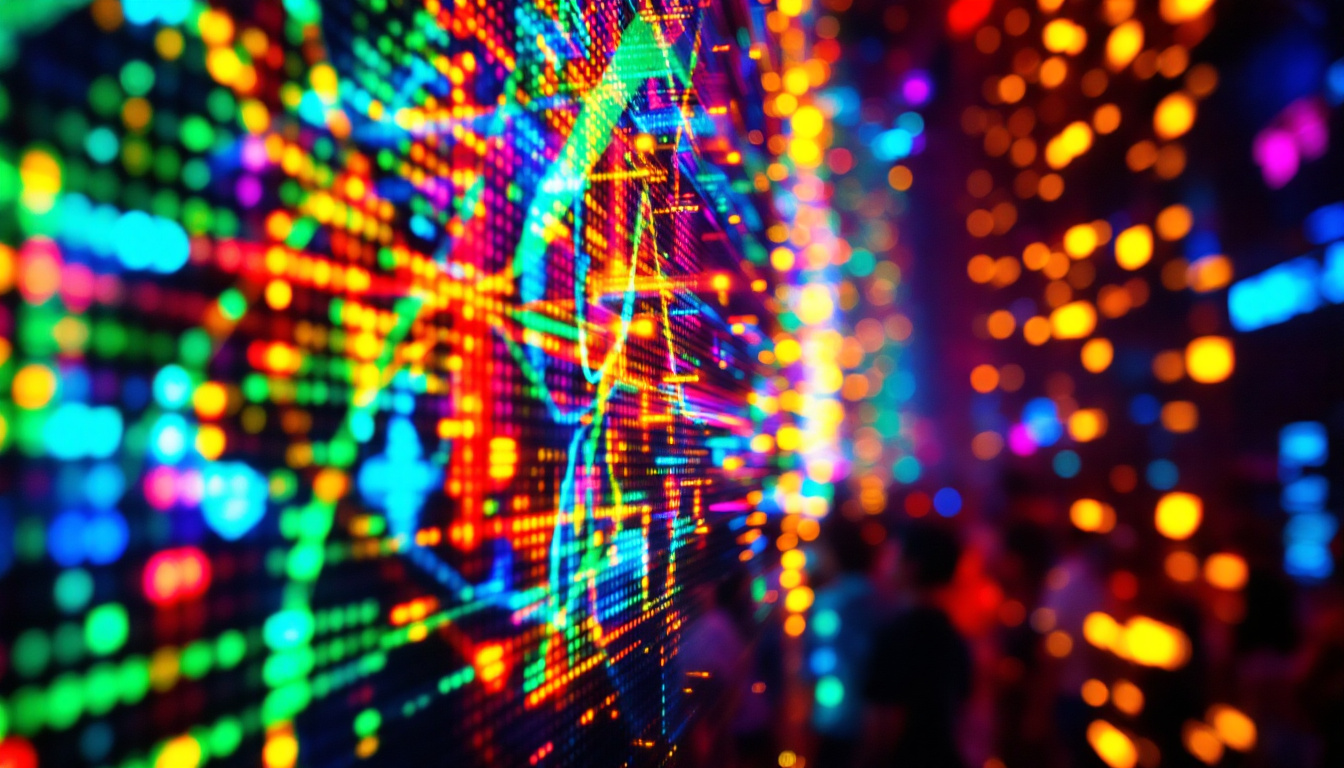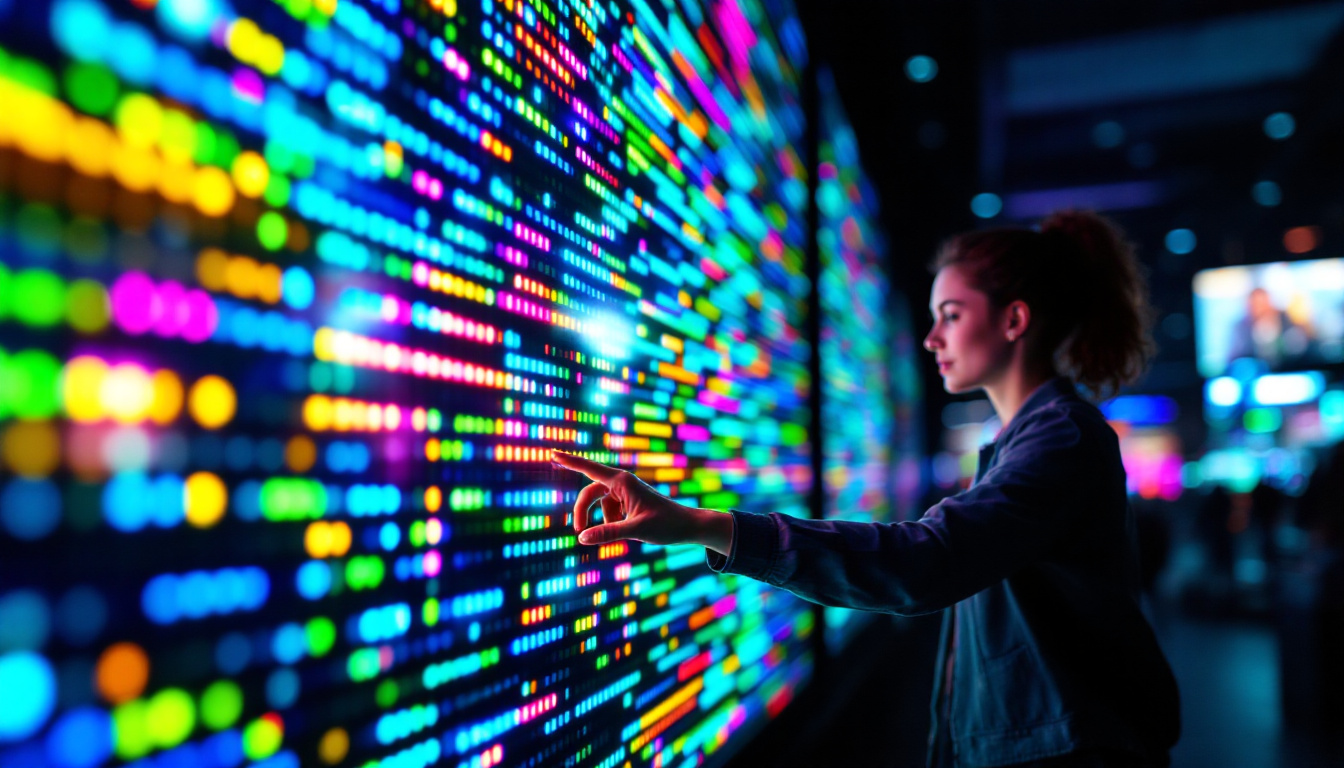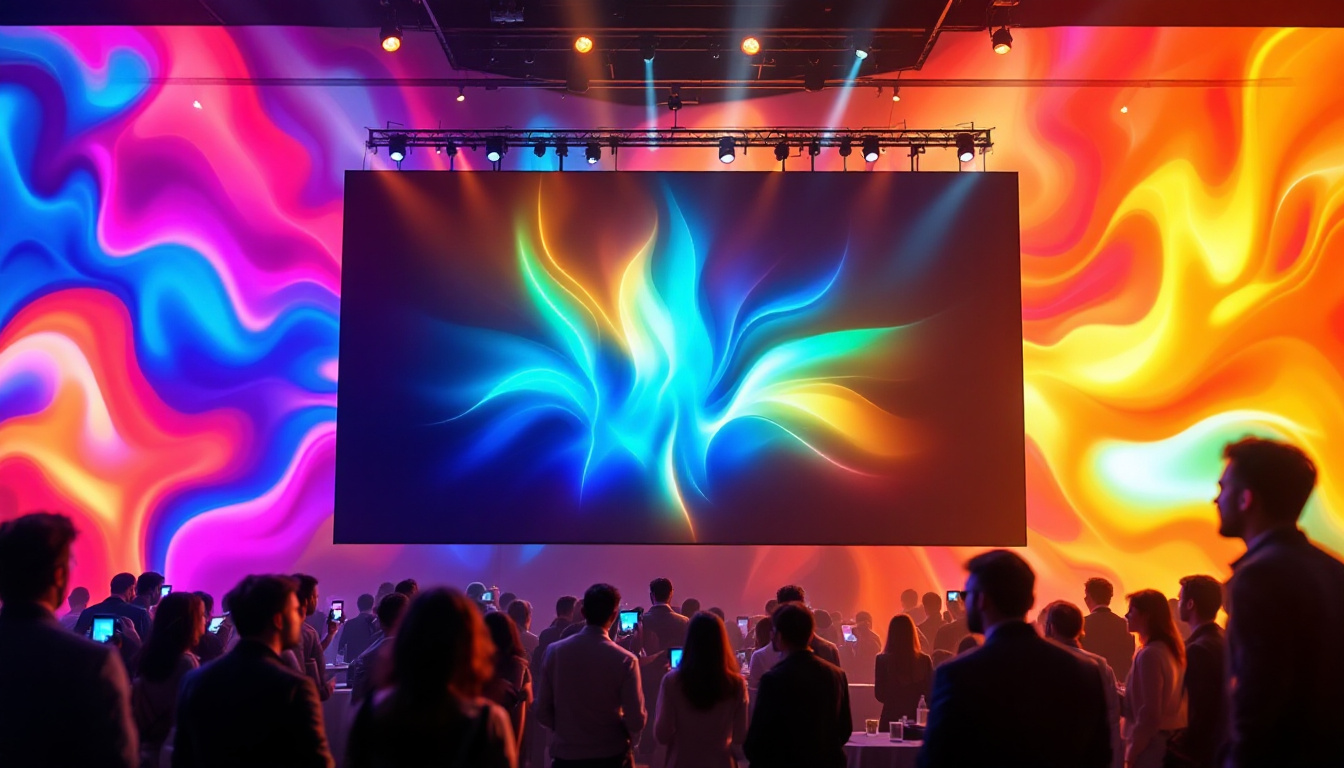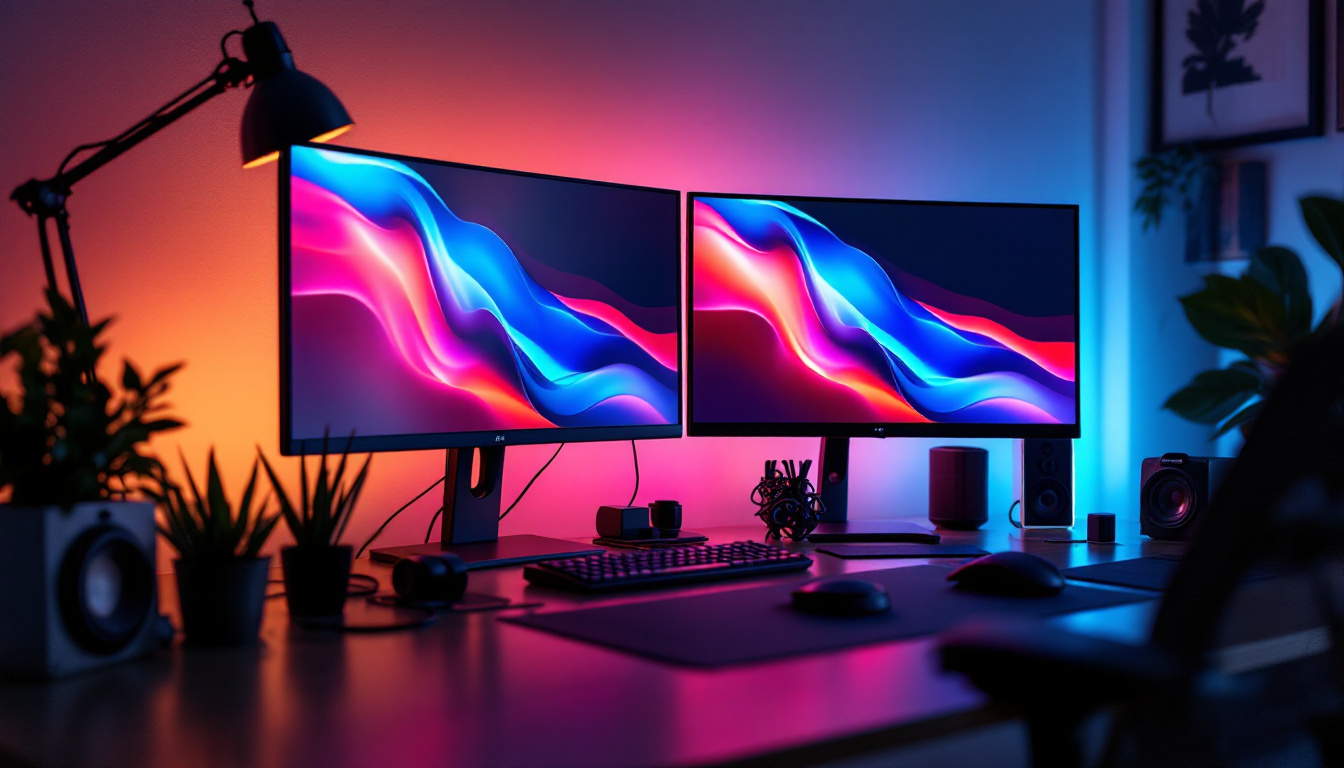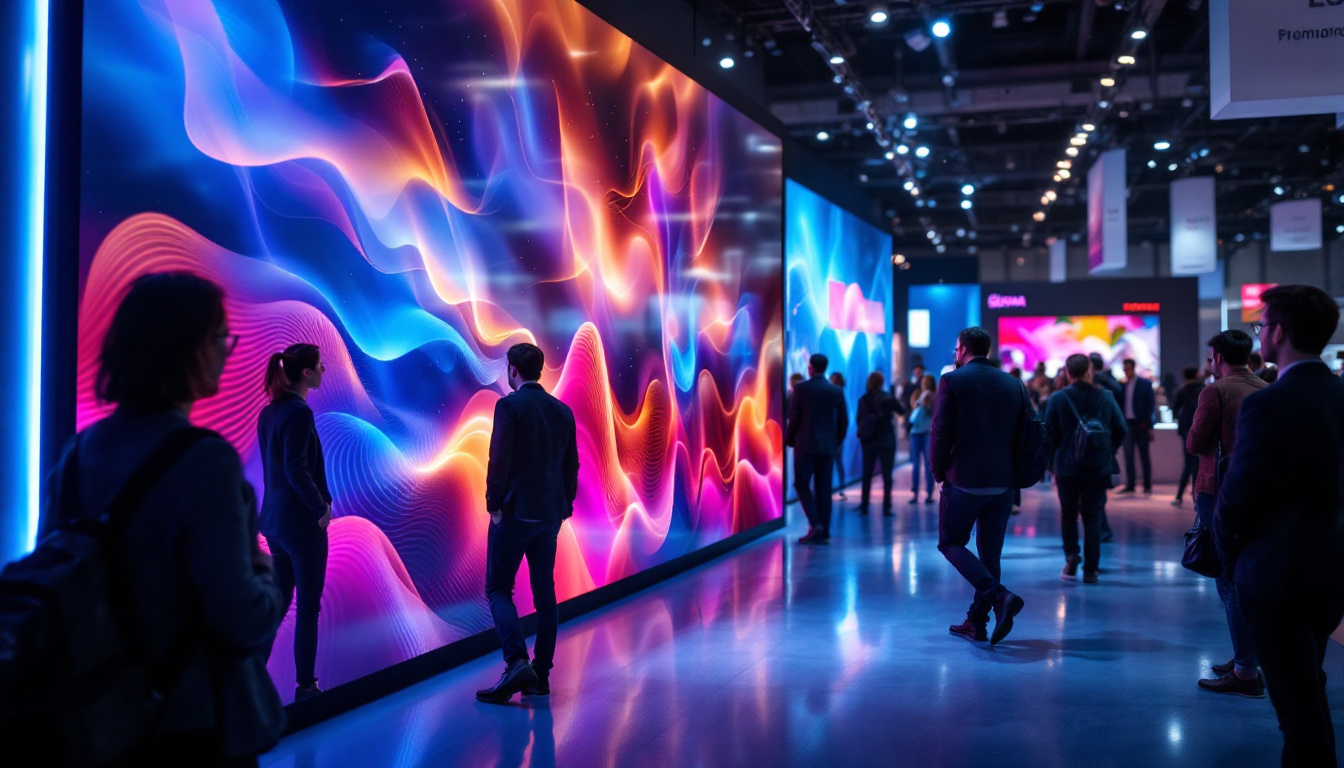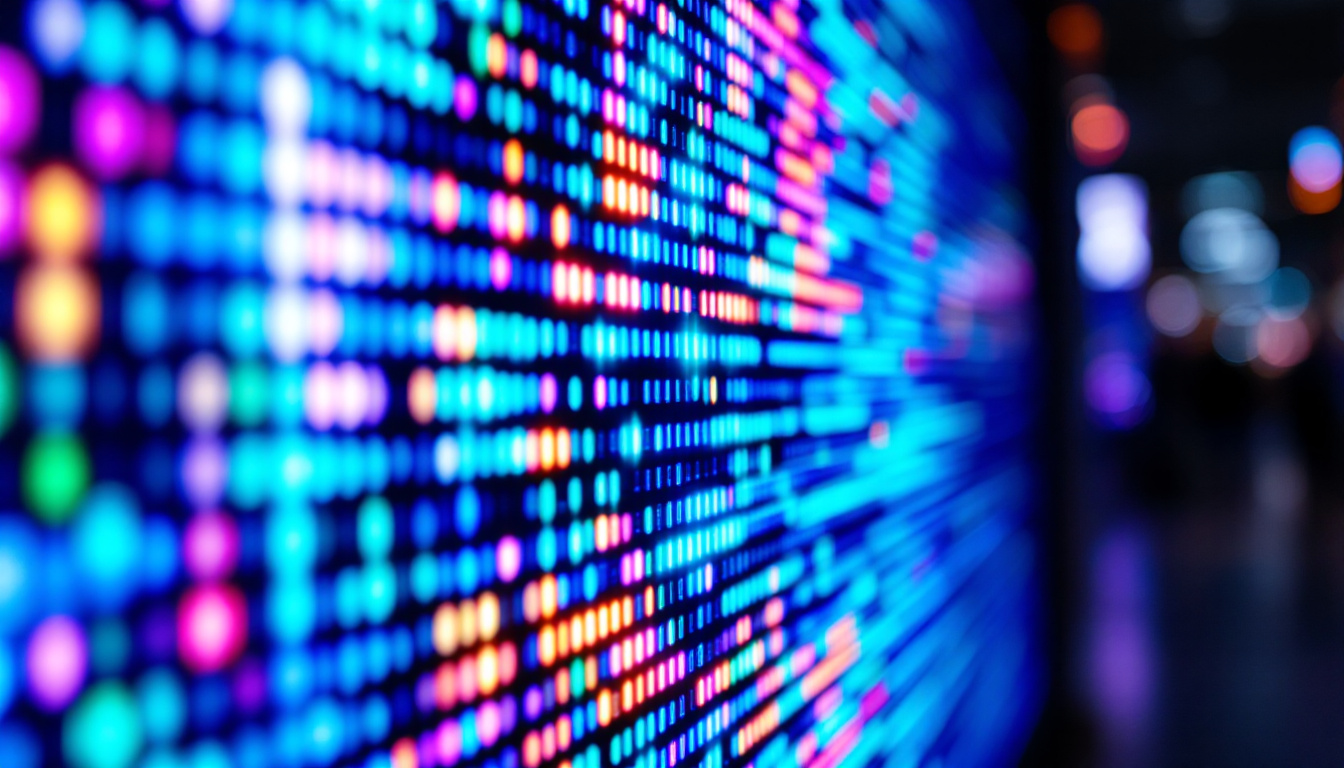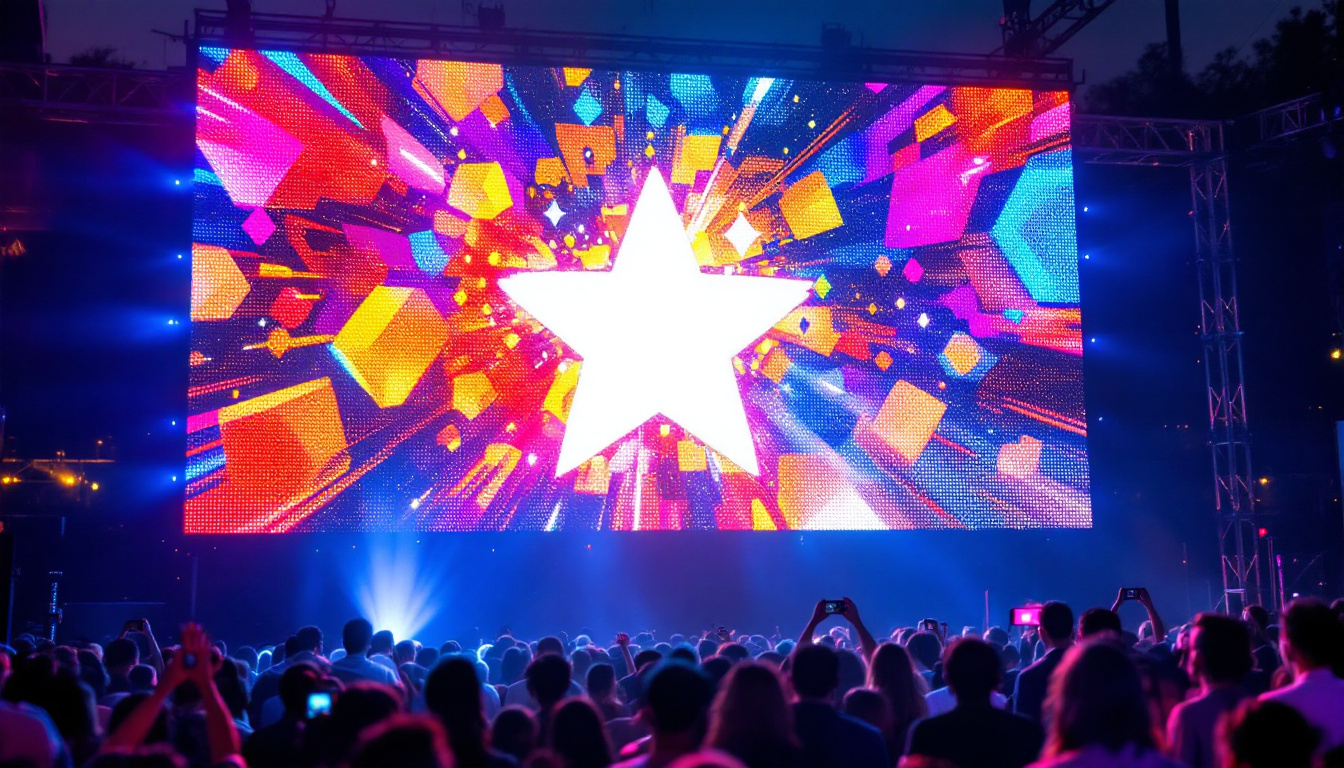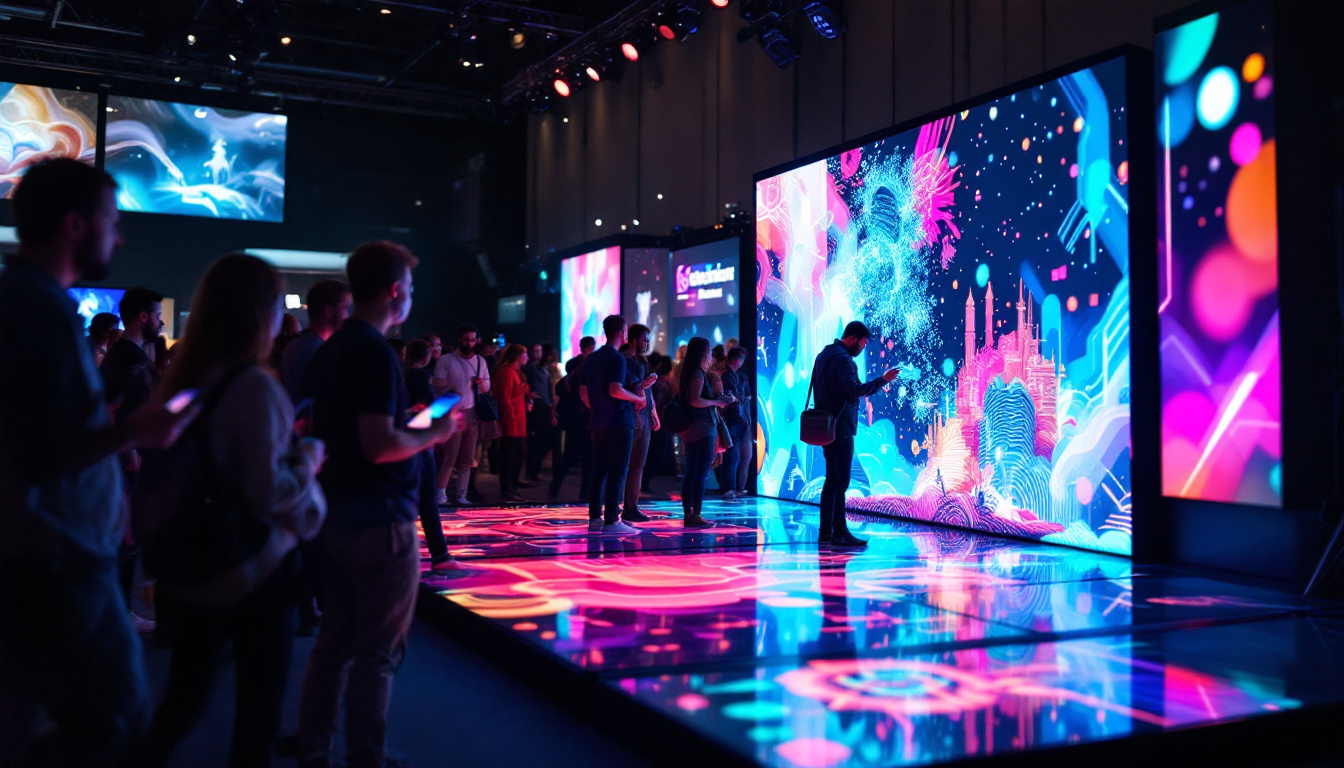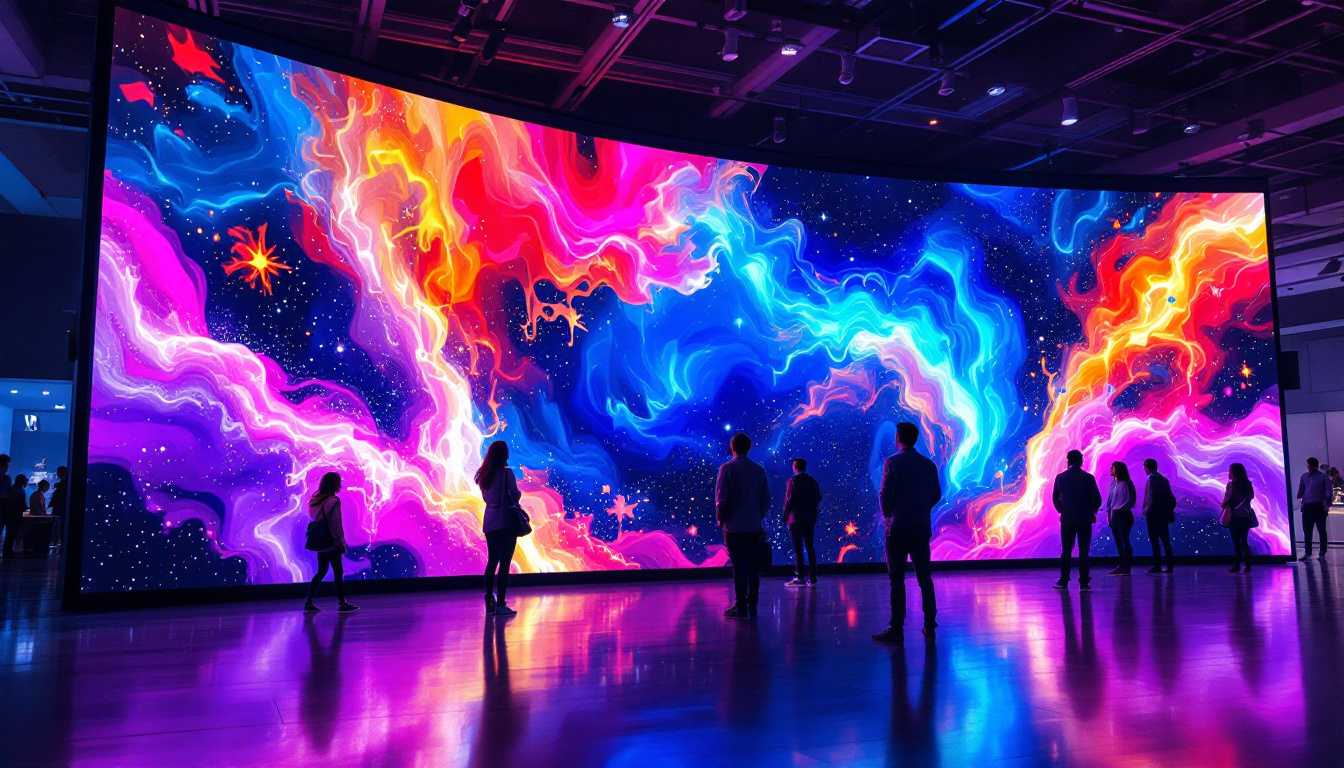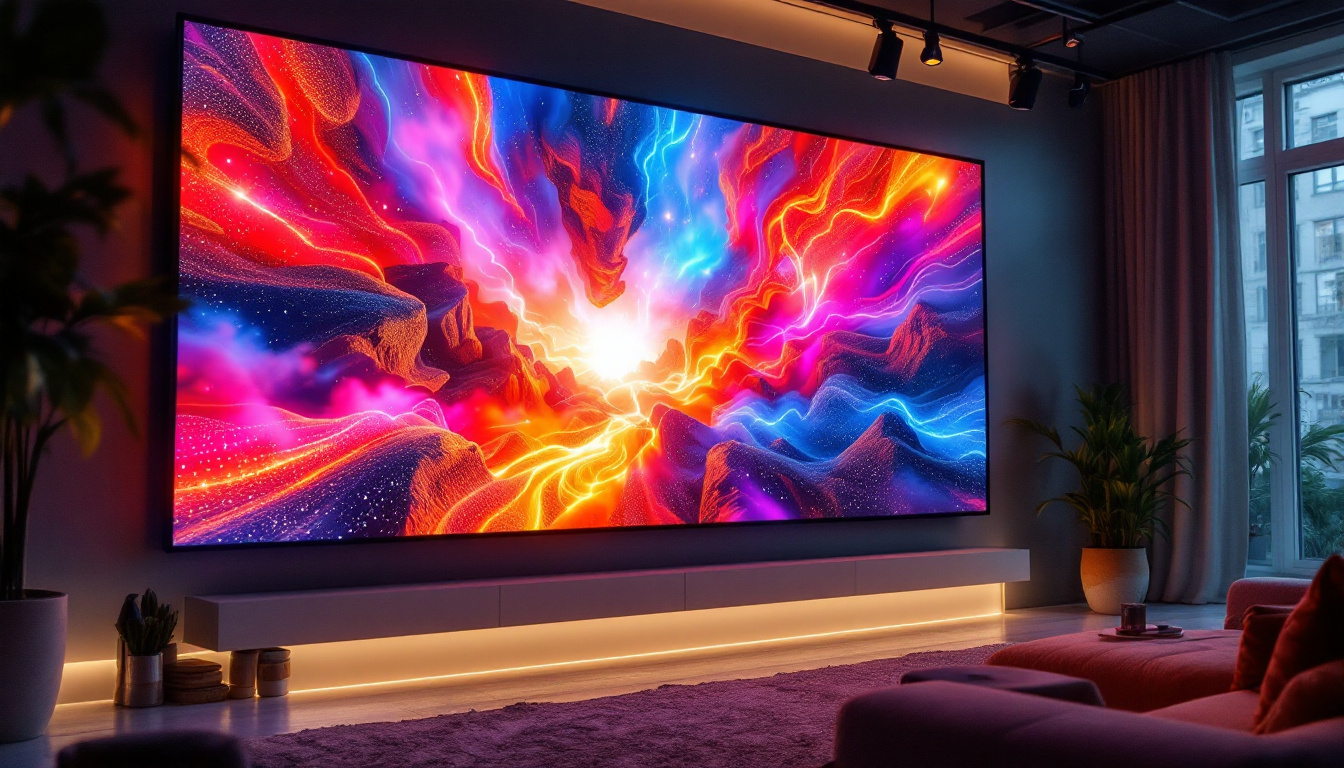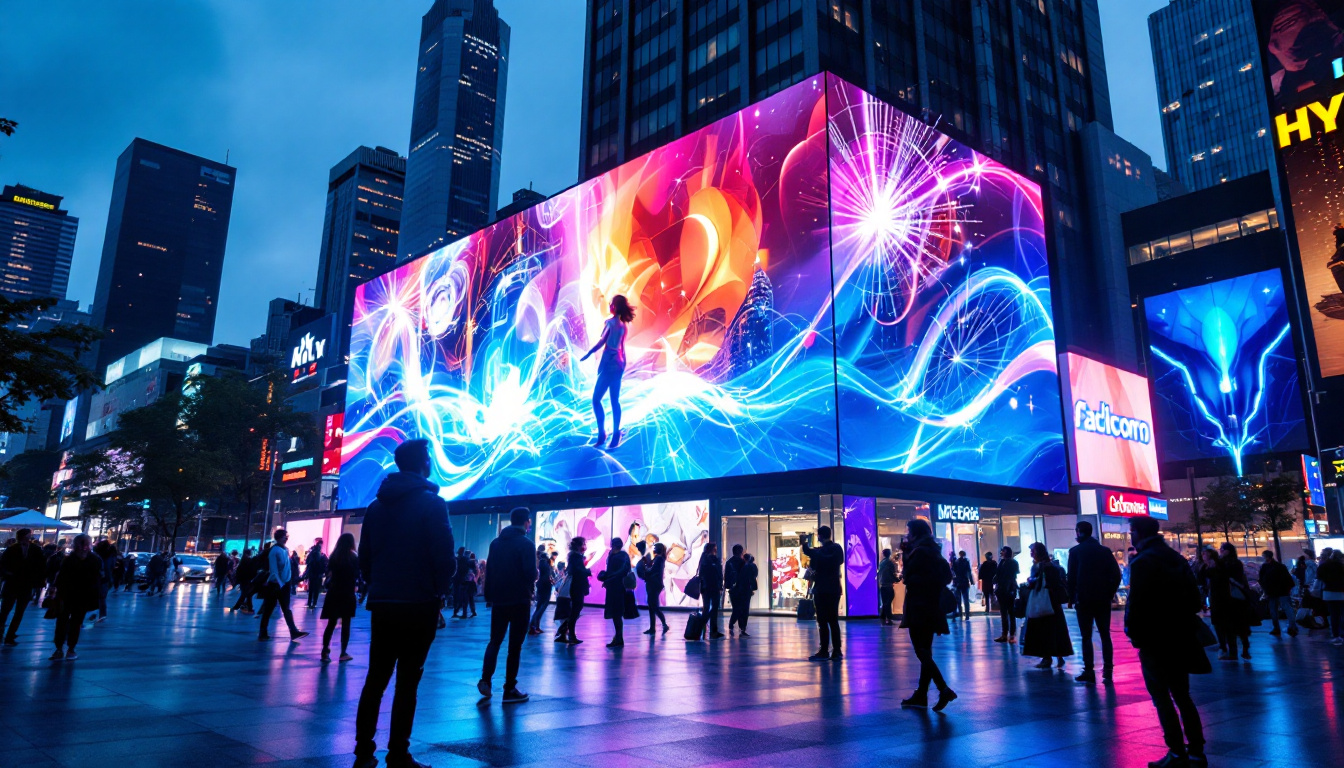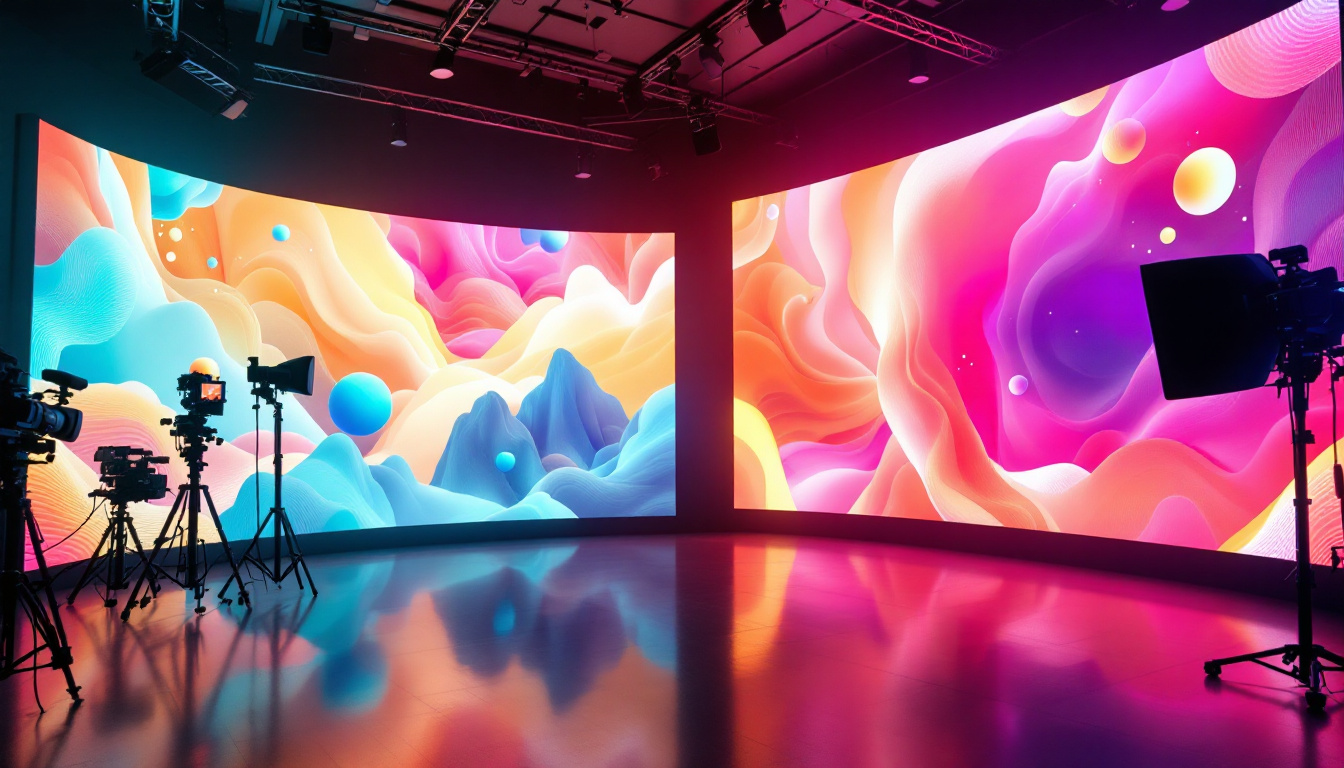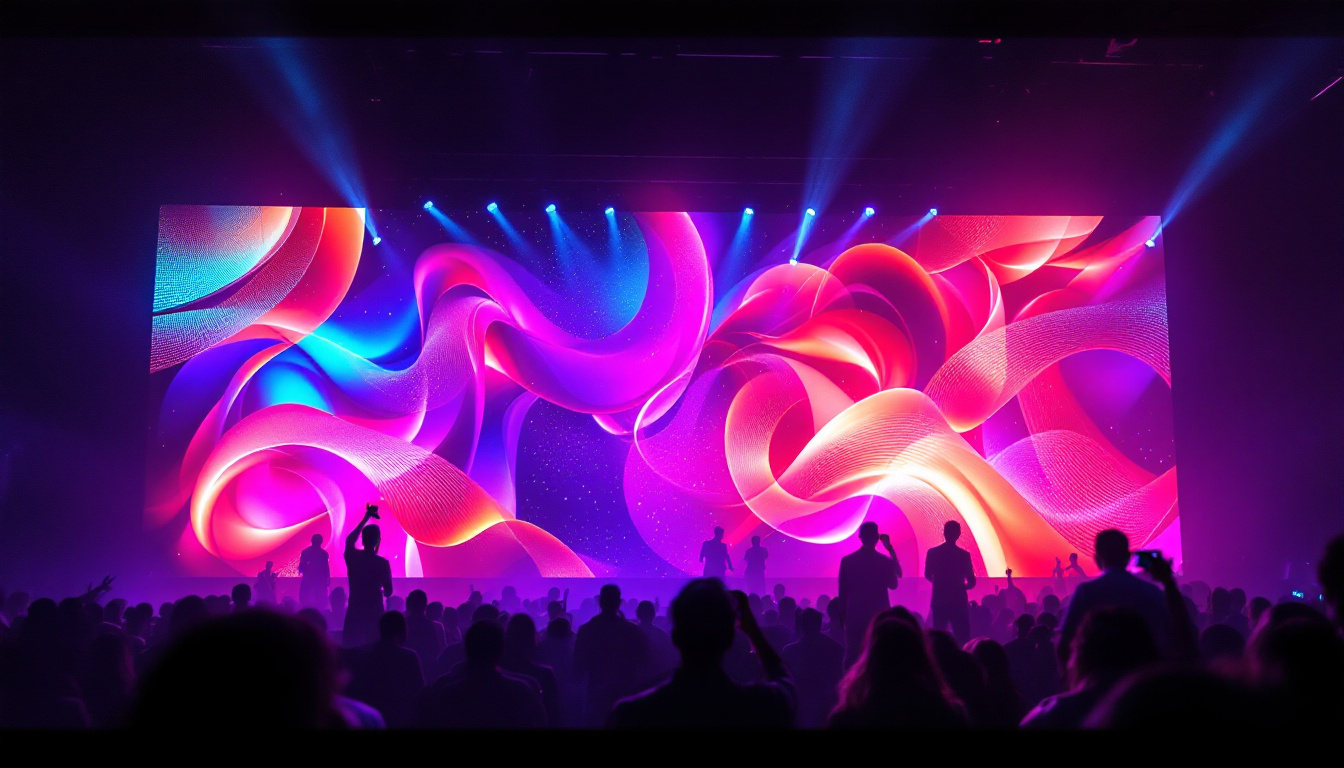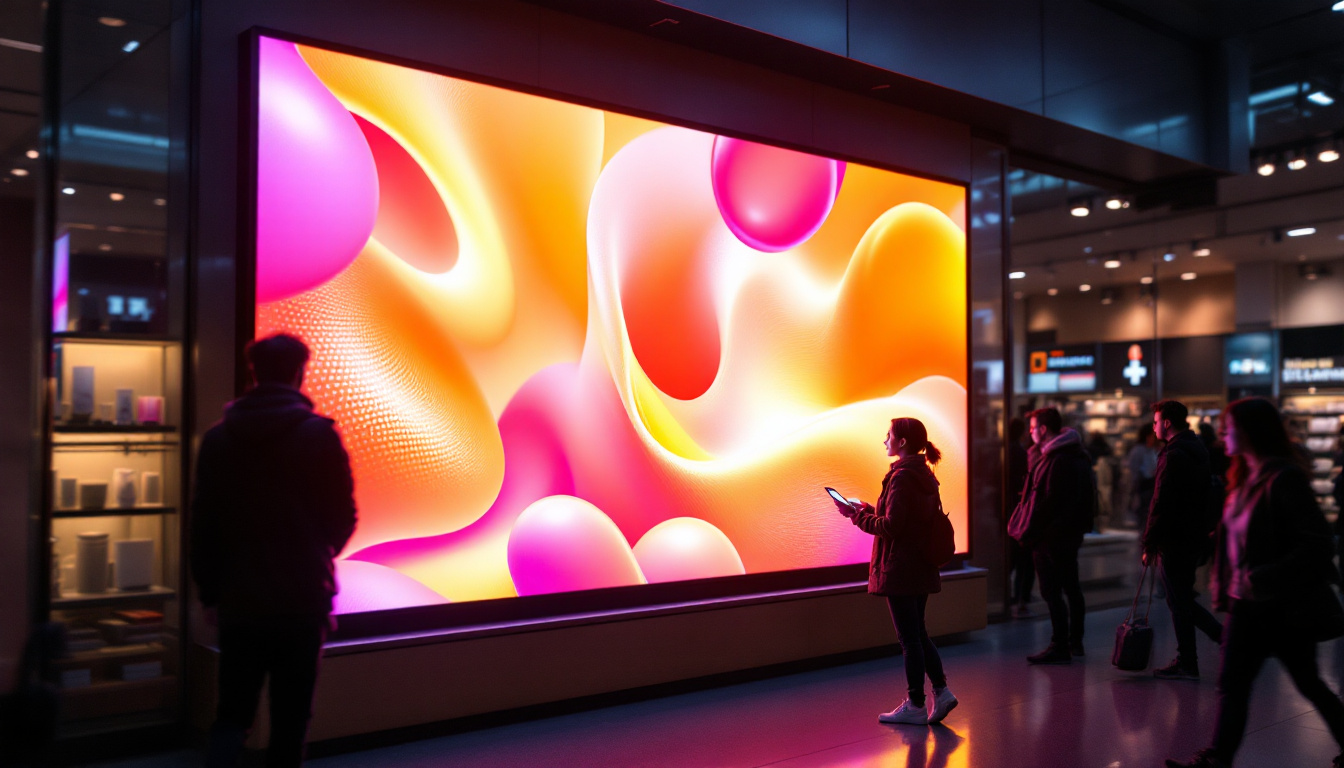In the realm of modern technology, LED displays have emerged as a transformative force, redefining how we interact with visual content. From smartphones to massive outdoor billboards, LED (Light Emitting Diode) technology has become ubiquitous, offering vibrant colors, energy efficiency, and versatility. This article delves into the intricacies of LED displays, exploring their components, types, applications, and the future of this innovative technology.
Understanding LED Technology
At its core, LED technology is based on the principle of electroluminescence, where a semiconductor material emits light when an electric current passes through it. This phenomenon is harnessed to create displays that are not only bright and colorful but also energy-efficient compared to traditional lighting methods. The efficiency of LEDs is particularly notable in their ability to convert a higher percentage of electrical energy into visible light, making them a preferred choice for both commercial and residential applications.
The Basics of LED Components
LED displays are composed of several key components that work together to produce high-quality images. The primary elements include:
- LED Chips: These are the heart of the display, responsible for emitting light. Different colors are produced by varying the materials used in the semiconductor.
- Driver Circuitry: This component regulates the power supplied to the LEDs, ensuring consistent brightness and color accuracy.
- Display Panel: The physical structure that houses the LED chips, often made from materials like plastic or glass, which protect the internal components while allowing light to pass through.
Understanding these components is crucial for appreciating how LED displays function and why they are preferred over traditional display technologies. Beyond their basic elements, LED displays often incorporate advanced technologies such as pixel mapping and color calibration systems, which further enhance the visual experience by ensuring that colors are rendered accurately and consistently across different viewing conditions.
How LED Displays Work
LED displays operate by lighting up individual pixels, which are made up of red, green, and blue (RGB) LED chips. By varying the intensity of these colors, a wide spectrum of colors can be produced. The pixels are arranged in a grid format, and when combined, they create the images and videos we see on the screen.
The driver circuitry plays a vital role in this process, controlling the amount of current that flows to each pixel. This precision allows for smooth transitions between colors and ensures that the display can handle dynamic content, such as video or animations, without lag or distortion. Furthermore, many modern LED displays utilize techniques like pulse-width modulation (PWM) to achieve finer control over brightness levels, enhancing the overall viewing experience by eliminating flicker and improving energy efficiency.
In addition to their technical prowess, LED displays are also celebrated for their versatility. They can be found in a myriad of applications, from large outdoor billboards that capture the attention of passersby to compact screens in smartphones and tablets. This adaptability has made LED technology a cornerstone in the evolution of display systems, paving the way for innovations such as flexible displays and transparent screens, which promise to further revolutionize how we interact with visual media in our daily lives.
Types of LED Displays
LED displays come in various types, each designed for specific applications and environments. Understanding these types can help consumers and businesses make informed decisions based on their needs.
Direct View LED Displays
Direct view LED displays consist of individual LED modules that are directly visible to the viewer. These displays are commonly used in outdoor advertising, stadiums, and large venues due to their brightness and ability to be viewed in direct sunlight.
One of the key advantages of direct view LED displays is their scalability. They can be assembled in various sizes and shapes, making them suitable for a wide range of applications, from small storefronts to massive digital billboards.
LED Backlit Displays
LED backlit displays utilize LEDs to illuminate an LCD (Liquid Crystal Display) panel. This technology is commonly found in televisions, computer monitors, and smartphones. Unlike direct view displays, the LED lights are positioned behind the LCD panel, enhancing brightness and color accuracy.
Backlit displays offer a thinner profile compared to traditional LCDs that use fluorescent lighting. They also consume less power and provide better contrast ratios, making them a popular choice for consumer electronics.
Organic LED (OLED) Displays
Organic LED displays are a subset of LED technology that utilizes organic compounds to emit light. OLED displays are known for their exceptional color reproduction, deep blacks, and wide viewing angles. This technology is often found in high-end televisions and smartphones.
One of the standout features of OLED displays is their ability to produce true black by turning off individual pixels. This results in stunning image quality, making OLED a preferred choice for professionals in photography, videography, and graphic design.
Applications of LED Displays
The versatility of LED displays makes them suitable for a myriad of applications across various industries. Their ability to deliver high-quality visuals has led to widespread adoption in both commercial and residential settings.
Advertising and Marketing
LED displays have revolutionized the advertising landscape. Their brightness and clarity make them ideal for capturing attention in busy urban environments. Digital billboards, storefront displays, and event signage are just a few examples of how businesses leverage LED technology to promote their products and services.
Moreover, the dynamic nature of LED displays allows for real-time updates, enabling businesses to change their messaging instantly. This flexibility is particularly advantageous for promotions, events, and seasonal campaigns.
Entertainment and Events
In the entertainment industry, LED displays play a crucial role in enhancing the audience experience. Concerts, festivals, and sporting events utilize large LED screens to broadcast performances, replays, and live feeds, ensuring that attendees have a clear view of the action, regardless of their location.
Additionally, LED technology is used in stage productions and theatrical performances to create stunning visual effects. The ability to manipulate light and color in real-time adds a new dimension to storytelling and artistic expression.
Healthcare and Education
In healthcare, LED displays are used for various purposes, including patient information systems, diagnostic imaging, and surgical lighting. Their clarity and brightness are essential in environments where precision is paramount.
In educational settings, LED displays are increasingly being adopted for interactive learning. Smartboards and digital signage in classrooms enhance engagement and facilitate collaboration among students and teachers.
Advantages of LED Displays
The growing popularity of LED displays can be attributed to their numerous advantages over traditional display technologies. Understanding these benefits can help consumers appreciate the value of investing in LED technology.
Energy Efficiency
One of the most significant advantages of LED displays is their energy efficiency. Compared to traditional incandescent or fluorescent displays, LEDs consume significantly less power. This not only reduces electricity bills but also contributes to a lower carbon footprint, making them an environmentally friendly choice.
Furthermore, the longevity of LED technology means that displays require less frequent replacement, further minimizing waste and resource consumption.
Brightness and Visibility
LED displays are renowned for their brightness, making them easily visible even in challenging lighting conditions. This characteristic is particularly beneficial for outdoor applications, where sunlight can wash out traditional displays.
The high contrast ratios offered by LED technology also enhance visibility, ensuring that content remains clear and vibrant from various viewing angles.
Durability and Reliability
LED displays are designed to withstand harsh environmental conditions, making them ideal for outdoor use. They are resistant to shock, vibration, and temperature fluctuations, ensuring consistent performance over time.
This durability translates to lower maintenance costs and longer operational lifespans, making LED displays a wise investment for businesses and organizations.
The Future of LED Displays
As technology continues to evolve, the future of LED displays looks promising. Innovations in design, functionality, and application are set to redefine how we interact with visual content.
Advancements in MicroLED Technology
MicroLED technology represents the next frontier in LED displays. By utilizing tiny individual LEDs, this technology offers improved resolution, color accuracy, and energy efficiency. MicroLED displays can be made thinner and lighter than traditional LED displays, opening up new possibilities for applications in consumer electronics and commercial settings.
The modular nature of MicroLED technology also allows for customizable screen sizes and shapes, catering to specific user needs and preferences.
Integration with Smart Technology
As smart technology continues to permeate various aspects of daily life, LED displays are poised to integrate seamlessly with smart devices and systems. This integration will enable features such as voice control, remote access, and personalized content delivery.
Smart LED displays can also leverage data analytics to provide insights into viewer behavior, allowing businesses to tailor their messaging for maximum impact.
Environmental Sustainability
With growing concerns about environmental sustainability, the LED industry is actively seeking ways to reduce its ecological footprint. Innovations in recycling and responsible disposal of LED components are being developed to ensure that the benefits of LED technology are not overshadowed by environmental concerns.
Moreover, advancements in energy-efficient manufacturing processes will further enhance the sustainability of LED displays, making them an even more attractive option for consumers and businesses alike.
Conclusion
LED displays have transformed the way we experience visual content, offering unparalleled brightness, energy efficiency, and versatility. From advertising to entertainment and beyond, the applications of LED technology are vast and varied. As advancements continue to shape the future of this technology, it is clear that LED displays will remain at the forefront of innovation, enhancing our interactions with the world around us.
Understanding the intricacies of LED technology, its types, applications, and advantages can empower consumers and businesses to make informed decisions. As the landscape of visual technology continues to evolve, embracing LED displays is not just a trend but a step towards a more efficient and vibrant future.
Discover the Future of Visual Experience with LumenMatrix
Embrace the vibrant and efficient world of LED displays with LumenMatrix, a pioneer in crafting cutting-edge LED display modules tailored to your needs. Whether you’re looking to enhance your brand’s visibility with an Indoor LED Wall Display, captivate passersby with an Outdoor LED Wall Display, or create dynamic visual experiences with our range of Vehicle LED Displays, LED Posters, Sports Displays, and more, LumenMatrix is your partner in revolutionizing visual communication. Don’t miss the opportunity to engage your audience like never before. Check out LumenMatrix LED Display Solutions today and step into a more efficient and vibrant future.

